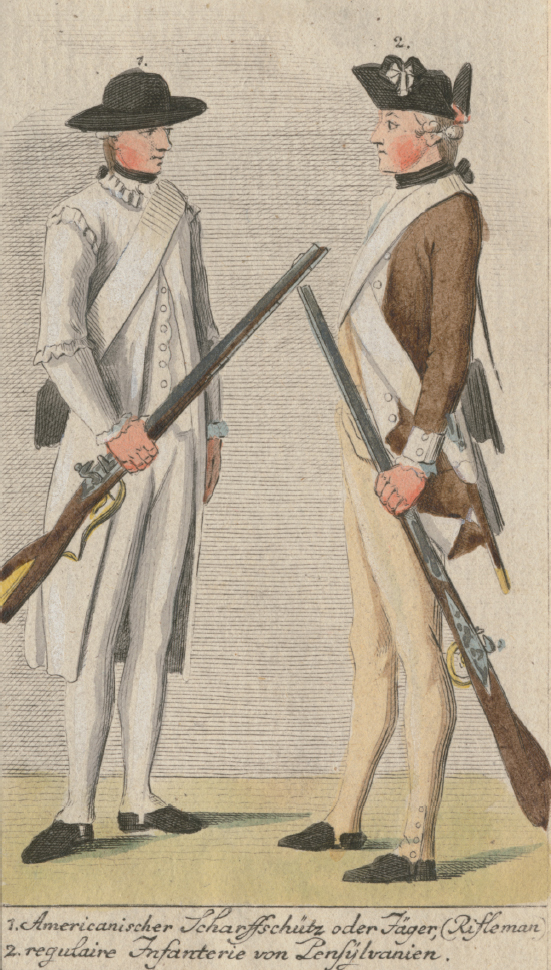Building a Continental Army

The Battle of Bunker Hill convinced the congress to establish an army for the defense of the colonies and appoint forty-three-year-old Brigadier General George Washington as commander in chief. More comfortable leading troops than debating politics, Washington gave up his seat at the Continental Congress and on June 23 headed to Cambridge, Massachusetts, to take command of ten companies of frontier marksmen along with militia companies already engaged in battle.
Since the Continental Congress had not yet proclaimed itself a national government, Washington depended largely on the willingness of local militia companies to accept his command and of individual colonies to supply soldiers, arms, and ammunition. Throughout the summer of 1775, Washington wrote dozens of letters to patriot political leaders, including delegates at the Continental Congress, detailing the army’s urgent need for men, supplies, and discipline. He sought to remove incompetent officers and improve order among the troops, who spent too much time drinking, gambling, visiting prostitutes, and fighting with militiamen from other locales.
As he sought to forge a disciplined army, Washington and his officers developed a twofold military strategy.
Concerned about British forces and their Indian allies in Canada and New York, they sought to drive the British out of Boston and to secure the colonies from attack by enemy forces farther north. In November 1775, American troops under General Richard Montgomery captured Montreal. However, the difficult trek in cold weather decimated the patriot reinforcements led by General Benedict Arnold, and American troops failed to dislodge the British from Quebec. Smallpox ravaged many of the survivors.
Despite the disastrous outcome of the invasion of Canada, the Continental Army secured important victories in the winter of 1775–1776. To improve Washington’s position in eastern Massachusetts, General Henry Knox retrieved weapons captured at Fort Ticonderoga. In March, Washington positioned the forty-three cannons on Dorchester Heights and surprised the British with a bombardment that drove them from Boston. General Howe was forced to retreat with his troops to Nova Scotia.